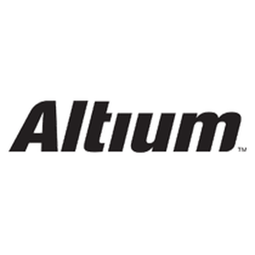- Platform as a Service (PaaS) - Device Management Platforms
- Wearables - Exoskeletons
- Electronics
- Healthcare & Hospitals
- Product Research & Development
- Autonomous Robots
- Time Sensitive Networking
- System Integration
Harmonic Bionics is an Austin, Texas-based company that develops intelligent robotics for patient rehabilitation. Their flagship product, Harmony SHR, is designed to optimize upper extremity therapy by enabling early intervention, increasing intensity, and employing patient-specific intent-based therapy through novel exercises. The company was founded by Clinical Research Officer Dr. Ashish Deshpande and Chief Technology and Operating Officer Dr. Youngmok Yun at the University of Texas at Austin’s ReNeu Robotics Lab in 2016. The company is currently working on making Harmony SHR commercially available for use in hospital systems, rehabilitation clinics, and out-patient treatment centers.
The World Health Organization estimates that hundreds of millions of people suffer from over 600 different neurological disorders, including strokes, Alzheimer’s disease, epilepsy, Multiple Sclerosis, and Parkinson’s disease. In 2017, the global prevalence of strokes alone was 104.2 million. For survivors, the road to recovery is challenging and requires extensive rehabilitation with the continued assistance of therapists, doctors, and clinicians. To regain motor functions after suffering strokes or other sudden onset conditions that can cause brain or spinal cord injuries, repetitive motions are essential to help patients regain neuroplasticity. However, this task is daunting for both therapists and patients, requiring a significant amount of time and effort.
Harmonic Bionics, an Austin, TX based company that develops intelligent robotics, introduced a revolutionary new way for patients and therapists to maximize patient recovery—Harmony SHR. Harmony SHR replaces the repetitive motions that a physical therapist would use, giving them more time to observe and customize therapy protocols using objective data that the device collects during each session. The device was born at the University of Texas at Austin’s ReNeu Robotics Lab in 2016, under the guidance of two of Harmonic's principal founders, Clinical Research Officer Dr. Ashish Deshpande and Chief Technology and Operating Officer Dr. Youngmok Yun. As Harmonic Bionics moves to commercialize Harmony SHR beyond the confines of the lab, they’ve also added Altium Designer to their arsenal, allowing for multiple new product developments.

Case Study missing?
Start adding your own!
Register with your work email and create a new case study profile for your business.
Related Case Studies.













